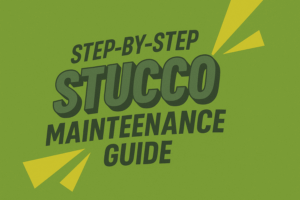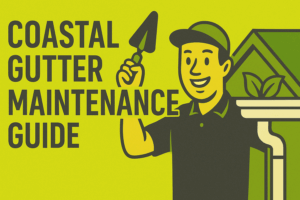25 First Time Home Buyer Tips to Get Your Foot in The Door

What first time home buyer tips really work? We got advice from top real estate agents and talked to a few first time buyers about how they made it happen.
Homeownership is a dream that many people share, but with a lack of inventory, mortgage interest rates in flux and trending upward, and home prices remaining high, buying a house right now can seem overwhelming, especially for first-timers. But there are still plenty of ways you can make it happen — like a list of first-time home buyer tips that really work, sourced from people who’ve done it themselves.
We’ve rounded up advice from top real estate agents and spoke with a few first-time buyers who shared how they turned that impossible dream into a reality. Take a look at these tips and insight into finding your way to homeownership as a first-time buyer, as well as some things that you really shouldn’t do in today’s market.
First-time home buyer tips that work
1. Save, then save some more
While you won’t necessarily need a 20% down payment to get into your first home, you might be surprised at some of the expenses that crop up both before and after closing.
First-time buyers Ben and Olivia decided to look into buying a home when their lease was up on their rental house, and they saw how their market in Boise, Idaho, was starting to move faster and faster.
“The market here, which was already hot, was just getting hotter,” says Olivia. “We’d been saving for a house and knew we wanted to buy within the next year, so we decided to get into something now before prices went up even more.”
Olivia says that one thing they wish they’d done differently was to save a bit more money.
“Once you buy a house and see your now-depleted bank account, that’s shocking,” she says. “I would’ve better prepared myself financially.”
So, how much do you need to save?
Well, you’ll need a down payment — which, depending on the loan program you go with, could be as low as 3% (or even 0% with certain government-backed programs). Then you’ll have to pay closing costs, including appraisal and inspection costs (and don’t expect the seller to chip in — more on that later!). Plus, there’s the cost to move, furnish, and customize your new home.
You also want to make sure you still have some money left over. Your lender wants to see that you aren’t wiping yourself out financially to buy a house, and they usually require about two months’ worth of mortgage payments in your bank account as a financial cushion.




